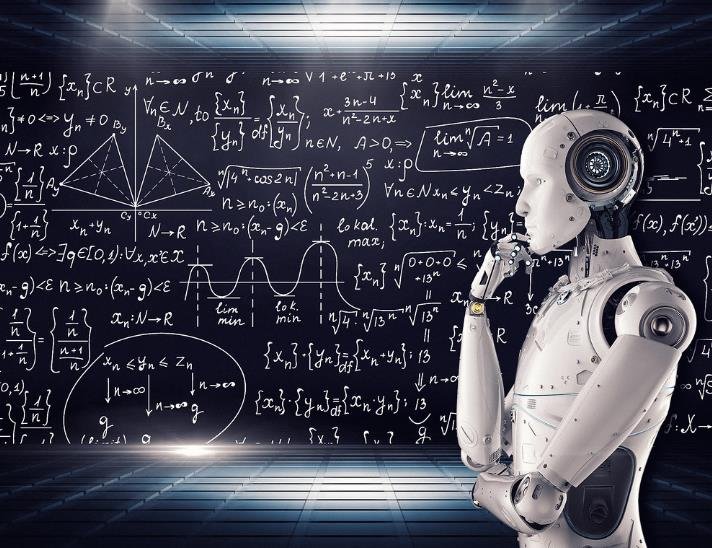A new patent has been awarded to a Southern Methodist University (SMU) professor and NASA collaborators for developing an artificial intelligence (AI) system that can answer scientific questions using Earth science data.
The system, named MATA, which is the Sanskrit word for the Earth, is a virtual assistant that can provide personalized research assistance in a conversational manner. Users can type or verbally ask questions through a computer or mobile phone, and MATA will find the answer by accessing NASA’s vast collection of Earth science data and performing additional computations as needed.
MATA is designed for searches that are geospatial and time-aware, such as, “What was the weather like in San Francisco three days ago?” or “How has the sea level changed in the past decade?” MATA can also continuously integrate community intelligence and evolve as new research is developed.

Jia Zhang, the Cruse C. and Marjorie F. Calahan Centennial Chair in Engineering and professor in the Department of Computer Science in SMU Lyle’s School of Engineering, is the lead inventor of MATA. She was recently awarded a patent along with NASA collaborators for the technology.
Turning data into knowledge
NASA sensors scattered across land, sea, and space have collected hundreds of terabytes of Earth science data over the past four decades. However, accessing and analyzing this data can be challenging for scientists who need to answer complex questions about the Earth and climate change.
“By developing a virtual assistant that continuously integrates community intelligence, provides personalized research assistance in a conversational manner and is geo-spatially and space-time aware, we can build better collaboration within the Earth science community,” Zhang said. “Our goal is to help scientists leverage collective knowledge and data to better understand the Earth and climate change.”
MATA is an infrastructure that provides an added layer of support to help scientists better analyze the data. While NASA makes Earth science data available on the web, MATA provides the computing to turn the data into useable knowledge.
Improving natural disaster predictions using AI
One of the potential applications of MATA is to improve natural disaster predictions and management using AI. MATA can pull stored data from dozens of satellites related to hurricanes, floods, dust storms, heat waves, power outages, and more. When a user asks a question, MATA can provide a conversational answer based on the data and additional calculations.
For example, MATA can help predict wildfires or other events, weather data and forecasting, and building climate prediction models. MATA can also help scientists compare different scenarios and evaluate the impact of human activities on the environment.
Zhang’s work is dedicated to developing intelligent systems that help speed up processing using machine learning. She hopes that MATA will be a useful tool for scientists who want to advance their research using NASA’s Earth science data.
